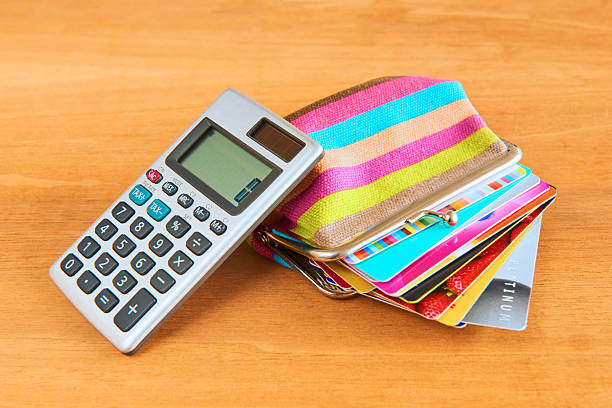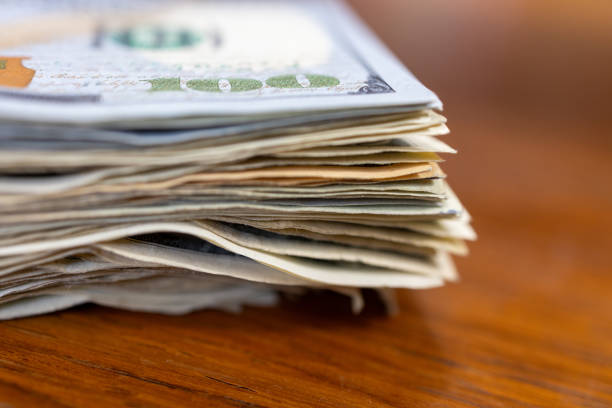
The relationship between overextended personal debt and revolving credit is one of profound interdependence, where a financial tool designed for conve...
Read More
The shadow of overextended personal debt casts a long and damaging pall over an individual’s financial identity, primarily embodied by their credit ...
Read More
The relationship between overextended personal debt and credit score damage is a profound and destructive feedback loop, each fueling the other in a c...
Read More
The crisis of overextended personal debt is a complex financial state where liabilities become unmanageable, and its profound impact on an individualâ...
Read More
Of all the factors that determine a credit score, the credit utilization ratio holds a unique and powerful position for those struggling with overexte...
Read More
The intricate relationship between overextended personal debt and credit utilization reveals a critical, yet often overlooked, mechanism of financial ...
Read MoreChildcare debt refers to personal debt, often on credit cards or personal loans, that is accumulated specifically to pay for essential childcare services like daycare, babysitters, or after-school programs.
An emergency fund acts as a financial shock absorber for unexpected expenses like car repairs or medical bills. Without it, you are forced to rely on credit cards or loans, which can start a cycle of debt.
You are not alone. This is a systemic issue affecting millions of families. The goal is to manage it strategically—using all available pre-tax benefits and assistance programs—to minimize the long-term financial damage during these high-cost years.
Impose a mandatory 24-hour waiting period before making any significant unplanned purchase. This cooling-off period helps differentiate between impulsive desires and genuine needs, reducing frivolous spending.
It can. Combining multiple high-interest debts (like credit cards) into a single consolidation loan with a lower monthly payment will directly reduce your PTI, freeing up crucial monthly cash flow. However, you must avoid running up new debts on the paid-off cards.